mayan flints
︎Culture, Philosophy, Sculpture, Article
︎ Ventral Is Golden
mayan flints
︎Culture, Philosophy, Sculpture, Article
︎ Ventral Is Golden
︎ Ventral Is Golden
“The Nature of Infinity is this: That everything has its own vortex; thus is the earth one infinite plane, and not as apparent to the traveller confined beneath his moon-lit shade, that this is the heaven of a vortex already passed.” - William Blake.
Eccentric Mayan Flints are ornamental carvings with divine attributes of nature locked inside their fractal forms. In more ways than one they are pieces that fuse the divide between the inner mind and the outer realms beyond the physical world, in one continuous poetic vision of ancient fantasy.
Eccentric Mayan Flints are ornamental carvings with divine attributes of nature locked inside their fractal forms. In more ways than one they are pieces that fuse the divide between the inner mind and the outer realms beyond the physical world, in one continuous poetic vision of ancient fantasy.

Eccentric Mayan flints (known as ‘Tok’ in the Kʼicheʼ maya language) are generally found in Maya areas of southeastern Mexico, Guatemala, Belize, and parts of Honduras and El Salvador.
The Maya perfected the art of chipping flint to create thin, flat blades for sacrificial and ceremonial use. A reductive process (called knapping) used to produce the flints did not allow for any error, and Maya archaeologist and scholar David Freidel has described this process as requiring the concentration of a chess master. The complex shapes of these objects, which are too fragile for use as cutting tools, have earned them the designation "eccentric flints." They have been found archaeologically in elite tombs, in underground caches as offerings, associated with dedication and termination rituals for architectural projects, and underneath stone monuments such as stelae that mark important dates within mayan societies.
As a material, flint was valued by the Maya and other peoples of Mesoamerica for its ability to strike fire. Often produced from Chert (a type of flint) this material is composed of fine microcrystalline structures and has similar properties to quartz, but breaks more like glass prodcuing very fine, sharpened edges.
In terms of imagery, the most characteristic subject carved from eccentric flint is a human-like head shown in profile. These multiple heads often have an element that projects from the forehead that symbolises the torch or axe that identifies the energy of K'awiil (a later Aztec god derrived from the earlier Mayan rain god, Chaac). The word K'awiil can also mean ‘image’ or ‘idol’, as well as the supernatural spirit that can occupy a material object. Maya glyphic texts include mention of preists "conjuring K'awiil" or calling forth the spirit in order to empower their ceremonies. Such symbolically charged objects may also have functioned as talismans and their symbolism is more than a subjective fantasy but embedded within the material itself. As the Maya associated flint with lightning, the most powerful attribute of both Chaac and K’awiil (always depicted in the form of serpentine energy) the flint, when used in the correct way could release this energy as fire. It was a mayan belief that flint was created wherever lightening struck the earth, making it an extension of the body of the rain gods. During the ancient rainfall ceremony of Cha’a Chaac, the altar, in much the same way, is an extension of the forest and participatory animal noises (usually mimicking frogs) are an extension of the underworld rising up through the body, making a resonant connection with the object of intention, namely the altar and the desired rainfall.
The Maya perfected the art of chipping flint to create thin, flat blades for sacrificial and ceremonial use. A reductive process (called knapping) used to produce the flints did not allow for any error, and Maya archaeologist and scholar David Freidel has described this process as requiring the concentration of a chess master. The complex shapes of these objects, which are too fragile for use as cutting tools, have earned them the designation "eccentric flints." They have been found archaeologically in elite tombs, in underground caches as offerings, associated with dedication and termination rituals for architectural projects, and underneath stone monuments such as stelae that mark important dates within mayan societies.
As a material, flint was valued by the Maya and other peoples of Mesoamerica for its ability to strike fire. Often produced from Chert (a type of flint) this material is composed of fine microcrystalline structures and has similar properties to quartz, but breaks more like glass prodcuing very fine, sharpened edges.
In terms of imagery, the most characteristic subject carved from eccentric flint is a human-like head shown in profile. These multiple heads often have an element that projects from the forehead that symbolises the torch or axe that identifies the energy of K'awiil (a later Aztec god derrived from the earlier Mayan rain god, Chaac). The word K'awiil can also mean ‘image’ or ‘idol’, as well as the supernatural spirit that can occupy a material object. Maya glyphic texts include mention of preists "conjuring K'awiil" or calling forth the spirit in order to empower their ceremonies. Such symbolically charged objects may also have functioned as talismans and their symbolism is more than a subjective fantasy but embedded within the material itself. As the Maya associated flint with lightning, the most powerful attribute of both Chaac and K’awiil (always depicted in the form of serpentine energy) the flint, when used in the correct way could release this energy as fire. It was a mayan belief that flint was created wherever lightening struck the earth, making it an extension of the body of the rain gods. During the ancient rainfall ceremony of Cha’a Chaac, the altar, in much the same way, is an extension of the forest and participatory animal noises (usually mimicking frogs) are an extension of the underworld rising up through the body, making a resonant connection with the object of intention, namely the altar and the desired rainfall.
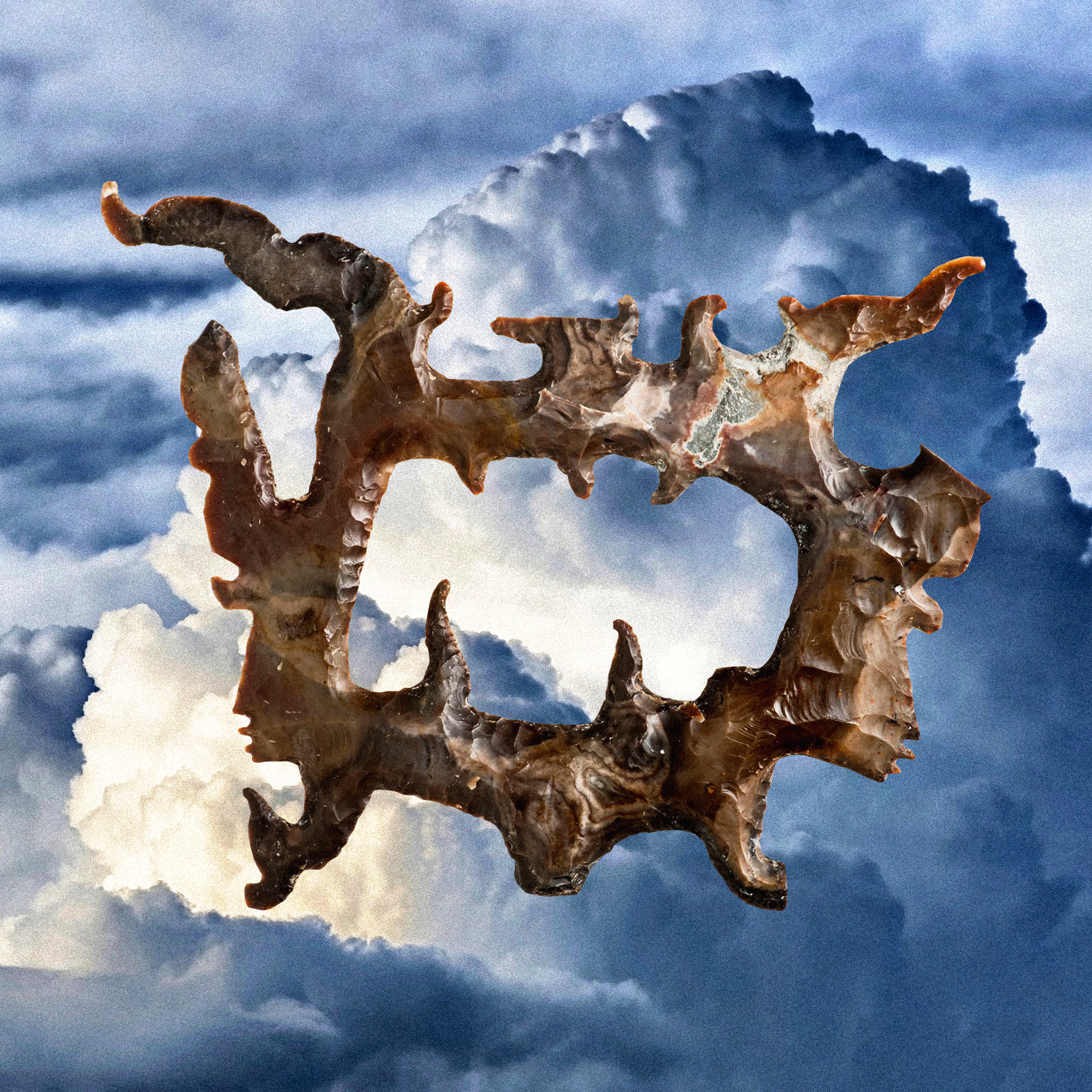
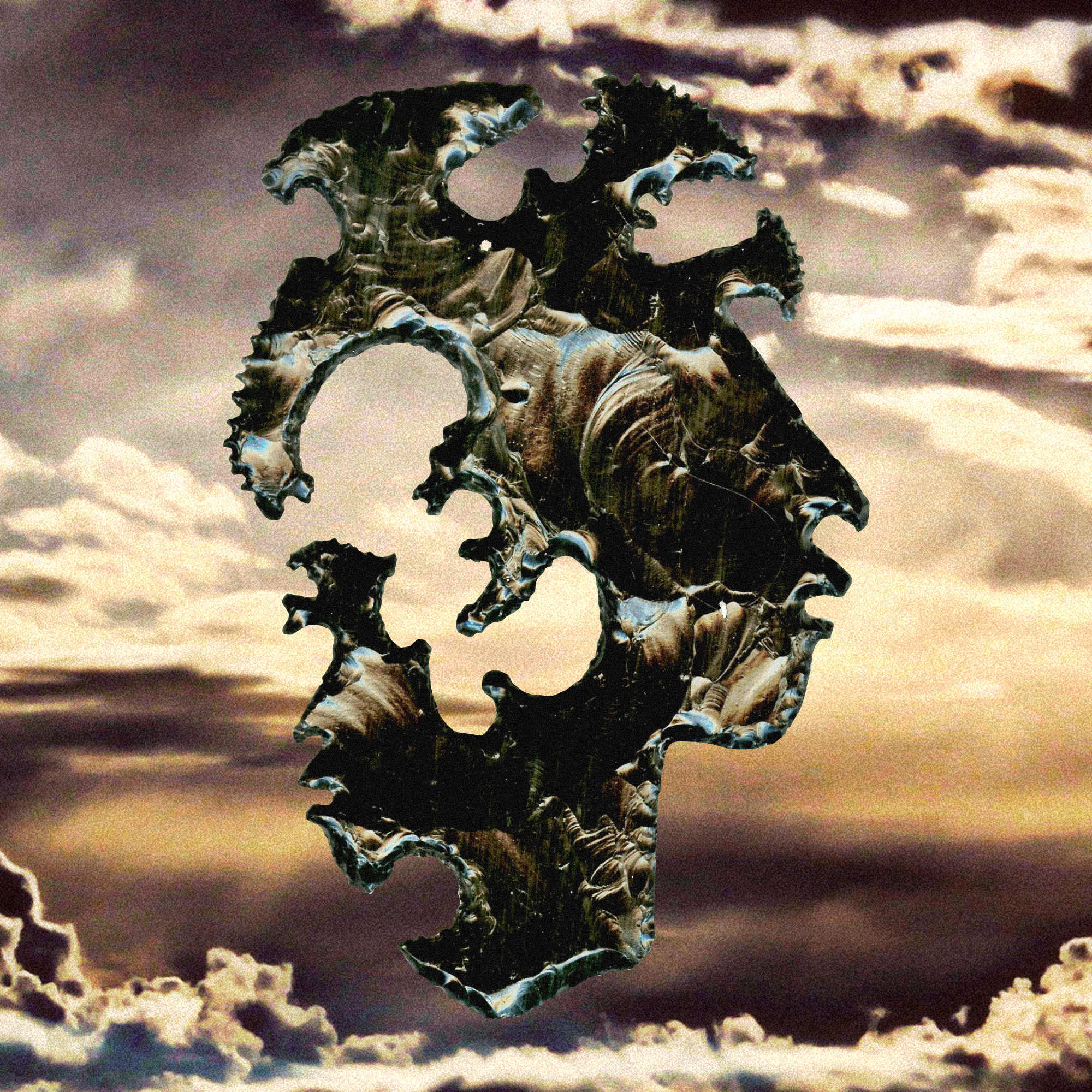
Throughout the ancient world, on every continent, there was a commonly held belief that the universe was animistic, that the spirit dwelled within matter and that the realm of gods and goddess were personified aspects of nature. This was a way of not only recording the observations made by people of anceint societies, but also to give a detailed account of their natural sciences in poetic form - a mythos, that situated humanity within the sphere of nature and acted as a centralising (maybe even moralising) technology (or interface) between human consciousness and the earth.
There is a tendency of the detached, analytical mind of the modern, literate person to project the characteristics of his framework over all of time itself, and thus over all that time contains. In the evolution of consciousness, the bicameral mind is a term used in fields of neuroscience (originally popularised by psychologist Julian Jaynes) to describe a time in human development where the cognitive processes of the brain were divided within the two separate hemispheres. Its breakdown is often used to describe the development of consciousness just after the technologies of language and writing began to produce introspection within humans via fusing these hemispheres together, thus creating a shift from a reality formed by audible hallucinations, towards a reality built from externalised bits of metaphorical language. Jaynes asserts that consciousness did not arise so far back in human evolution, but is in fact a learned process.
In the place of the internal dialogue that bicameral people experienced, where auditory hallucinations directed their actions, a new language of metaphor externalised the world and separated the viewer from the view. This is not to say that Jayne’s theory suggests that consciousness didn’t exist prior to the fusing of the hemispheres, but rather that it was a very different type of consciousness with very different faculties of reasoning. As Marshal McLuhan once wrote, we exchanged an ear world for an eye world.
I think what McLuhan meant by this statement was that to live infinitely and mythically, as in a pre-literate society, which is to say in a society without the alphabet but with a writing system much more like hieroglyphics, is to live in an all-inclusive, emotional world of the ear. The sense of linearity within time and space as experienced in the modern worldview of the eye, is exchanged for the swirling mass of nature being carried into consciousness through the voices of spirits. It is an unseen world.
There is a tendency of the detached, analytical mind of the modern, literate person to project the characteristics of his framework over all of time itself, and thus over all that time contains. In the evolution of consciousness, the bicameral mind is a term used in fields of neuroscience (originally popularised by psychologist Julian Jaynes) to describe a time in human development where the cognitive processes of the brain were divided within the two separate hemispheres. Its breakdown is often used to describe the development of consciousness just after the technologies of language and writing began to produce introspection within humans via fusing these hemispheres together, thus creating a shift from a reality formed by audible hallucinations, towards a reality built from externalised bits of metaphorical language. Jaynes asserts that consciousness did not arise so far back in human evolution, but is in fact a learned process.
In the place of the internal dialogue that bicameral people experienced, where auditory hallucinations directed their actions, a new language of metaphor externalised the world and separated the viewer from the view. This is not to say that Jayne’s theory suggests that consciousness didn’t exist prior to the fusing of the hemispheres, but rather that it was a very different type of consciousness with very different faculties of reasoning. As Marshal McLuhan once wrote, we exchanged an ear world for an eye world.
I think what McLuhan meant by this statement was that to live infinitely and mythically, as in a pre-literate society, which is to say in a society without the alphabet but with a writing system much more like hieroglyphics, is to live in an all-inclusive, emotional world of the ear. The sense of linearity within time and space as experienced in the modern worldview of the eye, is exchanged for the swirling mass of nature being carried into consciousness through the voices of spirits. It is an unseen world.
The post-literate kind of consciousness that governs the modern mind tends to be unaware of these unseen worlds. Inside the functioning of synapses are hidden effects mediated by technology. With the dawning of every innovation there is a bifurcation - an aperture into a previously unseen world where to enter must be preceded by the sacrifice of an older world that is in turn defined as obselete.
This is embedded in our idea of evolution, a process that marches on unchanged throughout time in an ever upward trend from simple to complex forms. This view tends to consume multiple perspectives of most processes and spills over into falsely rationalising historical and social evolutionary processes in the same way. Consciousness is regarded as the mark of a rational being, yet there is nothing lineal or sequential about a total field of awareness. Awareness is not a verbal process which is why we don’t always recognise that these changes are even happening.
In his book, ‘The Origin of Consciousness and the Breakdown of the Bicameral Mind’, Jaynes' conclusion was that, until roughly 3,000 years ago, humans were not conscious in the modern sense, but modern consciousness emerged as a cultural invention in Mesopotamia and Greece alongside systems of written language. To oversimplify this theory, it was written language that became the linear ‘eye-world’ that McLuhan spoke of. Writing with the alphabet was a new software that the hardware of the mind looked at the new world through, defining out of the sight the ancient, immersive worlds of the ear.
But now there is the additional dimension of electricity to consider in relation to the effects of writing and the alphabet. By eliminating sequences and causality that the alphabetic mind relies upon, electricity, in its current technological form, has created a rebirth of the quasi-animistic dimension, propelling us back into an immersive world through the force of lightning - a metaphor of instant communication. Now, as in deep history, all voices happen at once.
This is embedded in our idea of evolution, a process that marches on unchanged throughout time in an ever upward trend from simple to complex forms. This view tends to consume multiple perspectives of most processes and spills over into falsely rationalising historical and social evolutionary processes in the same way. Consciousness is regarded as the mark of a rational being, yet there is nothing lineal or sequential about a total field of awareness. Awareness is not a verbal process which is why we don’t always recognise that these changes are even happening.
“Consciousness is regarded as the mark of a rational being, yet there is nothing lineal or sequential about a total field of awareness.”
In his book, ‘The Origin of Consciousness and the Breakdown of the Bicameral Mind’, Jaynes' conclusion was that, until roughly 3,000 years ago, humans were not conscious in the modern sense, but modern consciousness emerged as a cultural invention in Mesopotamia and Greece alongside systems of written language. To oversimplify this theory, it was written language that became the linear ‘eye-world’ that McLuhan spoke of. Writing with the alphabet was a new software that the hardware of the mind looked at the new world through, defining out of the sight the ancient, immersive worlds of the ear.
But now there is the additional dimension of electricity to consider in relation to the effects of writing and the alphabet. By eliminating sequences and causality that the alphabetic mind relies upon, electricity, in its current technological form, has created a rebirth of the quasi-animistic dimension, propelling us back into an immersive world through the force of lightning - a metaphor of instant communication. Now, as in deep history, all voices happen at once.

Not only do the eccentric flints extend the reach of humanity in terms of technology in the form of fire, but some also resonate with important social and astrological events that helped define the character of time during certain phases of civilisation on earth. For example, the flint Crocodile Canoe (above), according to Mayan Scholar Dr. Linda Schele, defined the emergence of the Fourth Sun in an astrological event involving the alignment of Orion and the Milky Way.
Symbolic flowers such as lilies and lotuses decorate the underside of the crocodile canoe as it sinks down into the waters of the spirit world. Inside are the soul of the First Father, accompanied by two attendants, perhaps his sons, the Hero Twins, Hunapu and Ixbalanque, who are credited with restoring humanity in their fourth sequence of creation through the introduction of corn.
Because this particular flint represents a cosmological event, this blade was probably an especially powerful talisman of a preist or noble person, who became the reincarnation of the First Father as he held the blade.
The Fourth Creation of the world is thought to have occurred when the Mayan Sun Stone Calendar began, on August 13, 3114 BCE (4 Ajaw 8 Kumk’u) and ended on December 21, 2012 after a cycle of 13 Baktuns, ushering us into a transitional phase of the Fifth Sun (the fifth iteration of civilisation). Interestingly, this date almost corresponds with the start of the Egyptian calendar and the Hindu age of descending Kali Yuga, in a similar time-frame to the dating of the Burkle Crater impact in the Indian ocean, that some say was the cause of the Biblical flood myths.
For the Mayan, the crocodile also symbolises the world tree (the Ceiba - Axis Mundi) that connected the material plane to the spirit world (known as the Place of Reeds in many cultures - as both a terrestrial and an extraterrestrial location, sometimes associated with the Milky Way itself as it extended beyond the horizon, creating a pathway between the sky and earth).
Symbolic flowers such as lilies and lotuses decorate the underside of the crocodile canoe as it sinks down into the waters of the spirit world. Inside are the soul of the First Father, accompanied by two attendants, perhaps his sons, the Hero Twins, Hunapu and Ixbalanque, who are credited with restoring humanity in their fourth sequence of creation through the introduction of corn.
Because this particular flint represents a cosmological event, this blade was probably an especially powerful talisman of a preist or noble person, who became the reincarnation of the First Father as he held the blade.
The Fourth Creation of the world is thought to have occurred when the Mayan Sun Stone Calendar began, on August 13, 3114 BCE (4 Ajaw 8 Kumk’u) and ended on December 21, 2012 after a cycle of 13 Baktuns, ushering us into a transitional phase of the Fifth Sun (the fifth iteration of civilisation). Interestingly, this date almost corresponds with the start of the Egyptian calendar and the Hindu age of descending Kali Yuga, in a similar time-frame to the dating of the Burkle Crater impact in the Indian ocean, that some say was the cause of the Biblical flood myths.
For the Mayan, the crocodile also symbolises the world tree (the Ceiba - Axis Mundi) that connected the material plane to the spirit world (known as the Place of Reeds in many cultures - as both a terrestrial and an extraterrestrial location, sometimes associated with the Milky Way itself as it extended beyond the horizon, creating a pathway between the sky and earth).
It could be argued that the symbolical relevance of the eccentric flints, with their relation to Chaac, K’awiil, the serpent, lightning, electricity, fire and time, all played an important role in enabling ancient cultures to share their anamistic worldview, whilst the congitive worldview of the alphabet was still being crystalised.
The transitional affect of wirrten language upon the bicameral mind could have aided the spread of philosophical and scientific insight about the previously unseen world of the gods, rippling through the emergence of a rational mind as it began to fuse with matter. The after-effect of this process was the simulacrum of the world that we inherited many centuries later.
In light of this space-time fluctuation it becomes easier to notice where our sense-ratios change in relation to dominant modes of expression in relation to the time they correspond with. How this shapes our interaction with the objects we create and consume informs the kind of time we live in.
With the advent of electric communication embedded within our current trajectory, the rebirth of the mythic dimension of zero-point-history has occured simultaneously with the feeling that time is quickening. It is a relative illusion caused by the rate of a single technological mindset - the ‘single vision of Newton’s sleep’ that Blake fortold. Our definitions of time and space dictate this process and just like the churches that were built from the rubble of the mayan temples, our own atmosphere of technological wisdom is built directly on top ancient history. Maybe we have such a hard time seeing how immersive the knowledge of the past really is because we forgot how to listen to it. No culture really ends, only the experience of time is re-defined.
The transitional affect of wirrten language upon the bicameral mind could have aided the spread of philosophical and scientific insight about the previously unseen world of the gods, rippling through the emergence of a rational mind as it began to fuse with matter. The after-effect of this process was the simulacrum of the world that we inherited many centuries later.
“the previously unseen world of the gods, rippling through the emergence of a rational mind as it began to fuse with matter.“
In light of this space-time fluctuation it becomes easier to notice where our sense-ratios change in relation to dominant modes of expression in relation to the time they correspond with. How this shapes our interaction with the objects we create and consume informs the kind of time we live in.
With the advent of electric communication embedded within our current trajectory, the rebirth of the mythic dimension of zero-point-history has occured simultaneously with the feeling that time is quickening. It is a relative illusion caused by the rate of a single technological mindset - the ‘single vision of Newton’s sleep’ that Blake fortold. Our definitions of time and space dictate this process and just like the churches that were built from the rubble of the mayan temples, our own atmosphere of technological wisdom is built directly on top ancient history. Maybe we have such a hard time seeing how immersive the knowledge of the past really is because we forgot how to listen to it. No culture really ends, only the experience of time is re-defined.
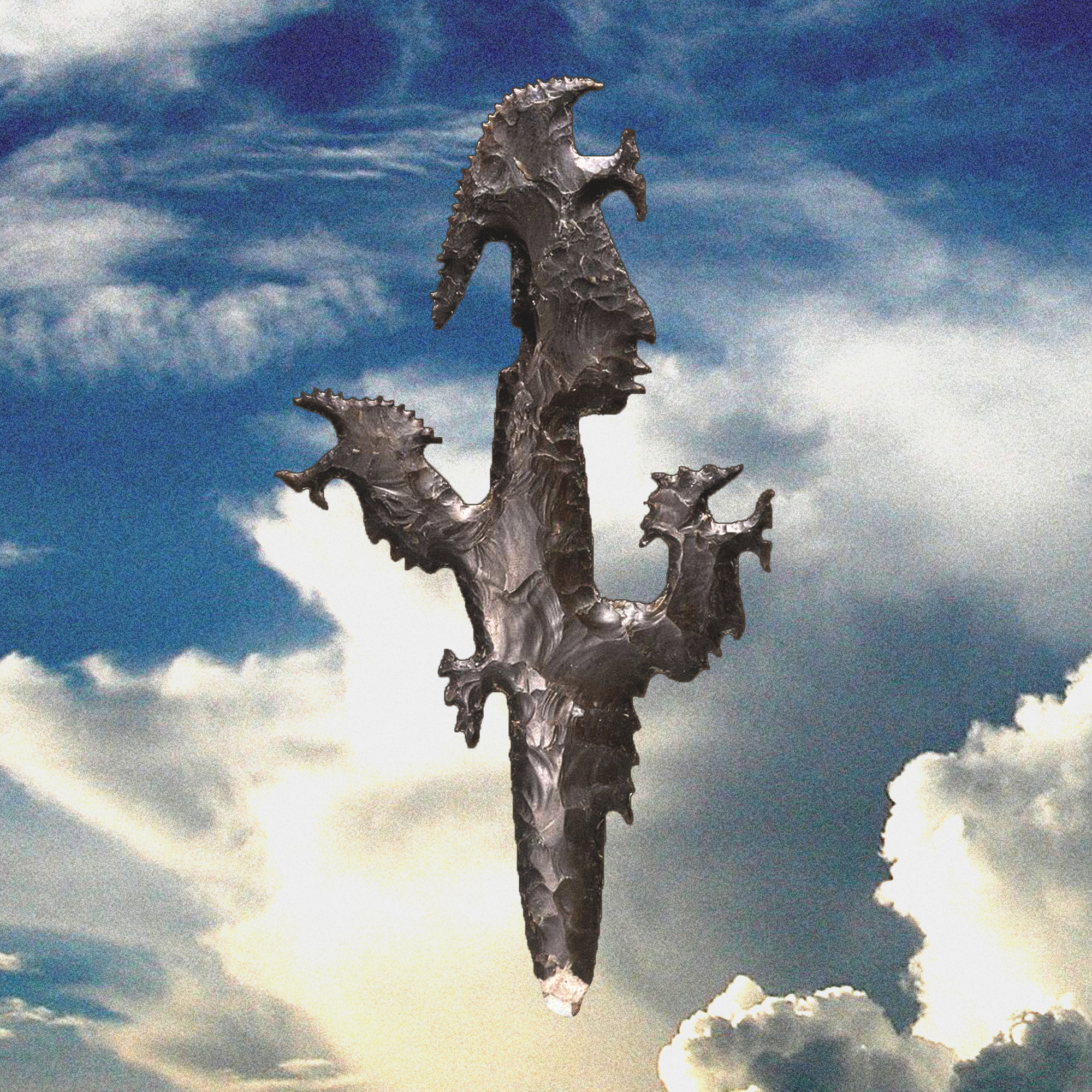
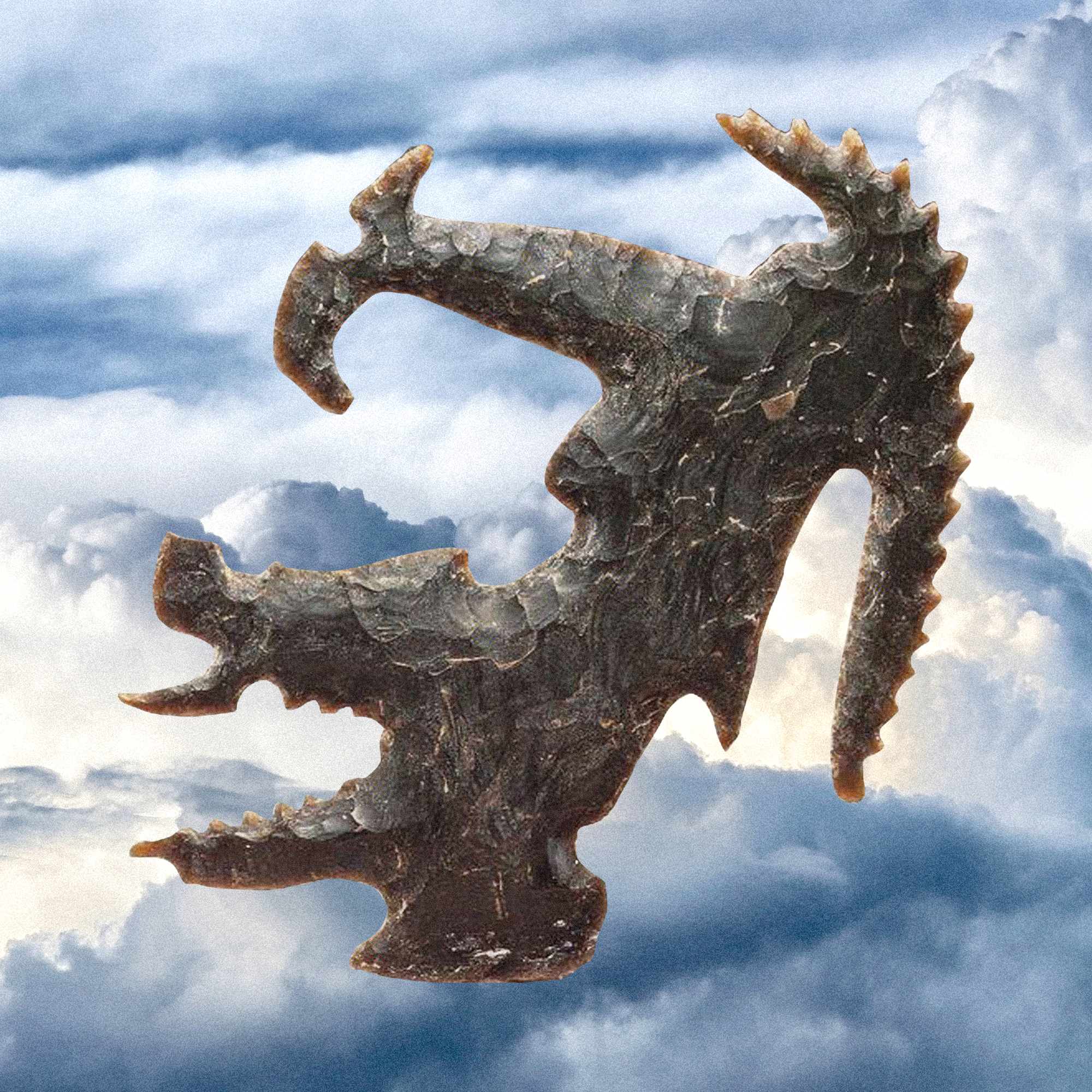


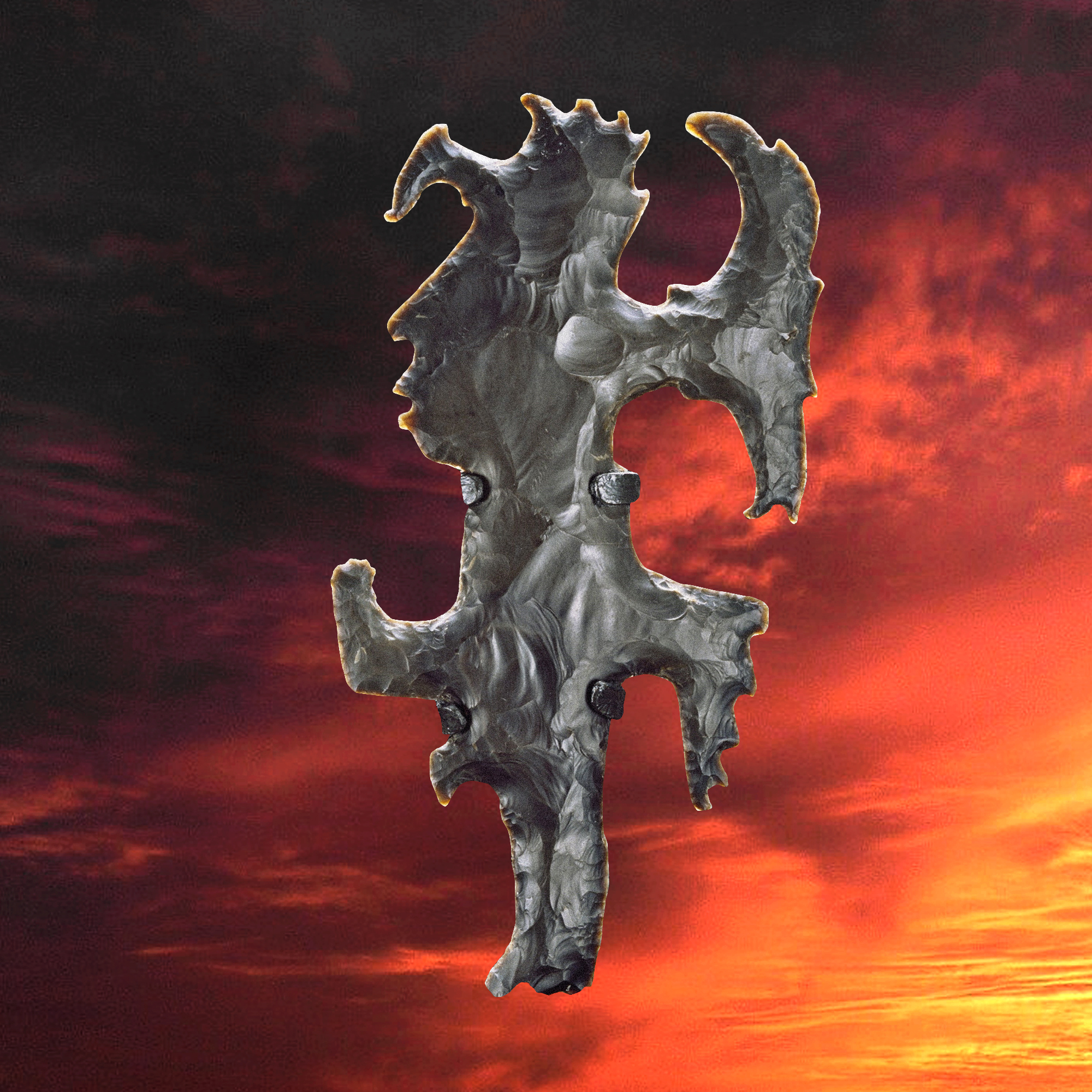
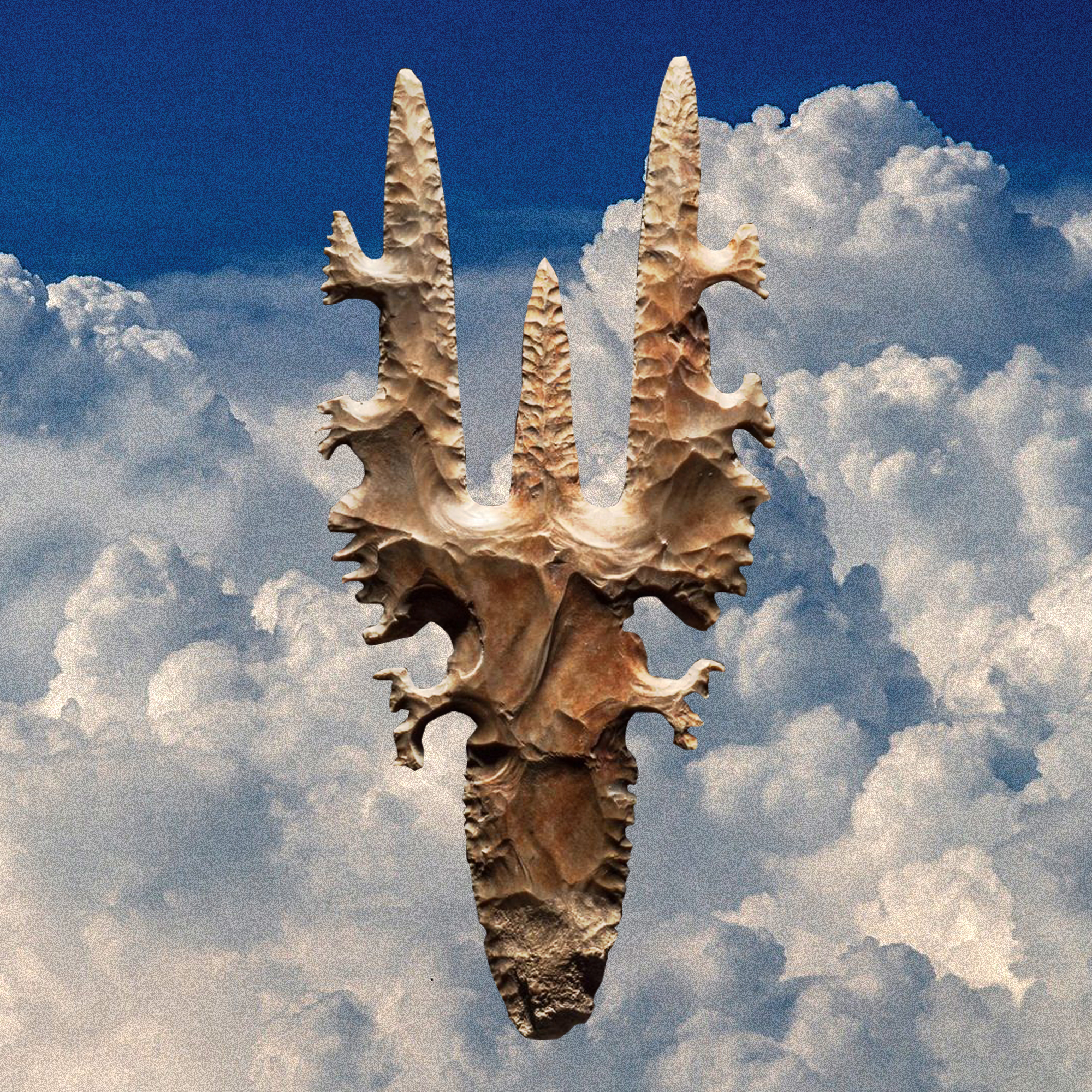
Further Reading ︎
Collages by Ventral is Golden.
Dallas Museum of Art, Flint artefact description.
Crocodile Canoe, general description.
The Bicameral Mind, overview, article.
Ch’a’ Chaak Ceremony, Yaxunah, video.
Obsidian Medicine, Meixolore.
“A Fourfold Vision: Nature Religion and the Wages of Scientism in Ursula K. Le Guin’s ‘Newton’s Sleep’”, article.
Collages by Ventral is Golden.
Dallas Museum of Art, Flint artefact description.
Crocodile Canoe, general description.
The Bicameral Mind, overview, article.
Ch’a’ Chaak Ceremony, Yaxunah, video.
Obsidian Medicine, Meixolore.
“A Fourfold Vision: Nature Religion and the Wages of Scientism in Ursula K. Le Guin’s ‘Newton’s Sleep’”, article.